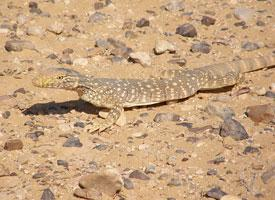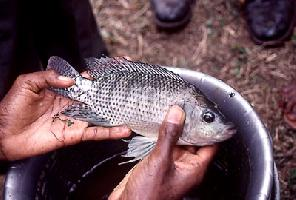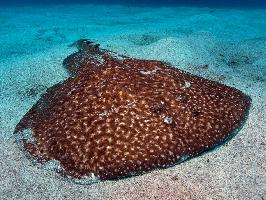
Greutăți și măsuri
| Lungime | de la 90 la 130 cm |
|---|---|
| Greutate | de la 1 la 3 kg |
Descrierea animalului
The Desert Monitor (Varanus griseus), also known as the Gray Monitor, is a captivating species of monitor lizard that thrives in the arid and semi-arid regions of North Africa and South and Central Asia. This resilient reptile is uniquely adapted to life in harsh desert environments, showcasing a blend of physical and behavioral traits that ensure its survival in these challenging habitats.Physically, the Desert Monitor presents a robust and streamlined body, which can grow to lengths of up to 1.5 meters (almost 5 feet), although the average size is generally smaller. Its skin is a rough, durable hide adorned with a pattern of gray or yellowish-brown and dark bands or spots, which provides excellent camouflage against the sandy and rocky landscapes it inhabits. This coloration is not just for concealment from predators but also plays a crucial role in thermoregulation, helping the lizard absorb or reflect sunlight as necessary.
One of the most distinctive features of the Desert Monitor is its long, forked tongue, which it flicks in and out of its mouth to sample the air for chemical cues. This remarkable sensory organ is connected to the Jacobson's organ in the roof of its mouth, allowing the lizard to detect prey, predators, and mates, even over considerable distances.
The Desert Monitor is a solitary creature, with a territory that can span several square kilometers. It is primarily diurnal, spending the cooler morning and late afternoon hours actively hunting for food, while seeking shelter in burrows or under rocks during the intense midday heat. Its diet is impressively varied, including insects, small mammals, birds, eggs, and even other reptiles. Its strong, muscular legs equipped with sharp claws make it an adept climber and digger, enabling it to access a wide range of prey and evade predators.
Reproduction in Desert Monitors involves the laying of eggs, which the female deposits in a burrow or a hidden location to protect them from predators and extreme temperatures. The young are independent from birth, possessing all the skills necessary to survive in their harsh environment.
The Desert Monitor is not only a marvel of adaptation but also plays a crucial role in its ecosystem as both predator and prey. It helps control populations of smaller animals and insects, while also serving as a food source for larger predators. However, like many desert-dwelling species, it faces threats from habitat destruction, illegal pet trade, and climate change. Conservation efforts are crucial to ensure the survival of this remarkable reptile, allowing it to continue its role in the ecological balance of desert environments.
Animale similare
Fotografii noi cu animale
Top 10 animale
- Dolphin gull (Leucophaeus scoresbii)
- Diana monkey (Cercopithecus diana)
- Moustached guenon (Cercopithecus cephus)
- Galápagos tortoise (Geochelone nigra complex)
- Russian tortoise (Testudo horsfieldii)
- Stone loach (Barbatula barbatula)
- Japanese macaque (Macaca fuscata)
- Greek tortoise (Testudo graeca)
- Common flying dragon (Draco volans)
- Vendace (Coregonus albula)


